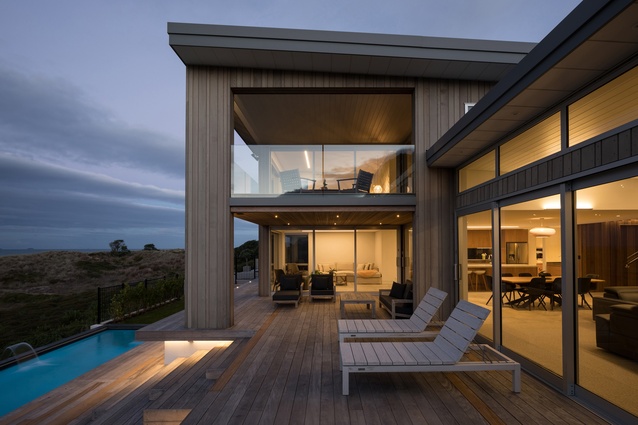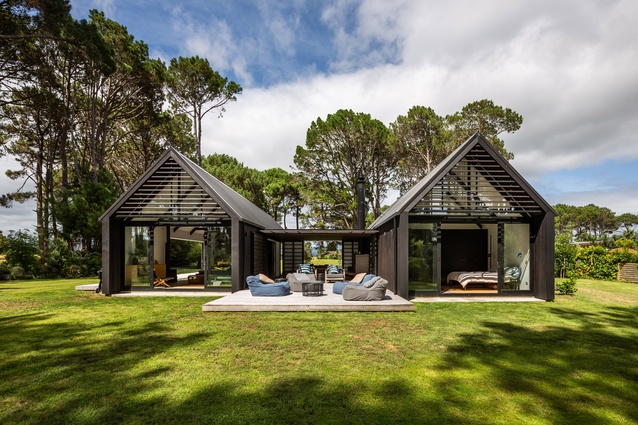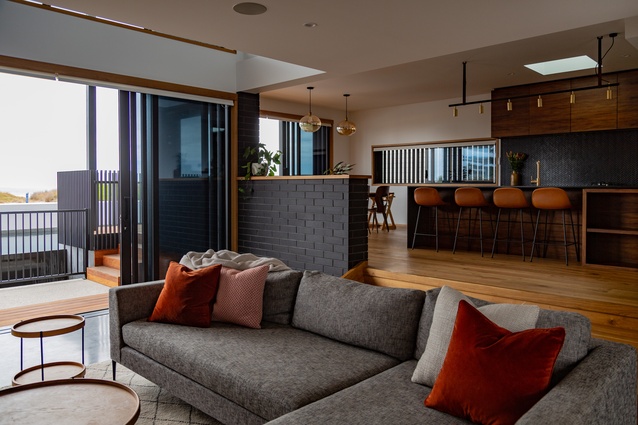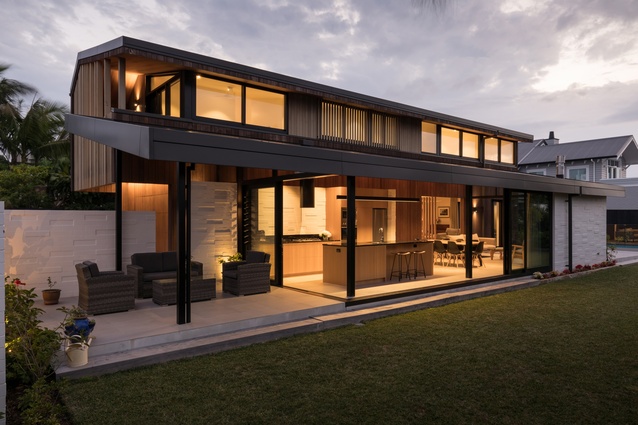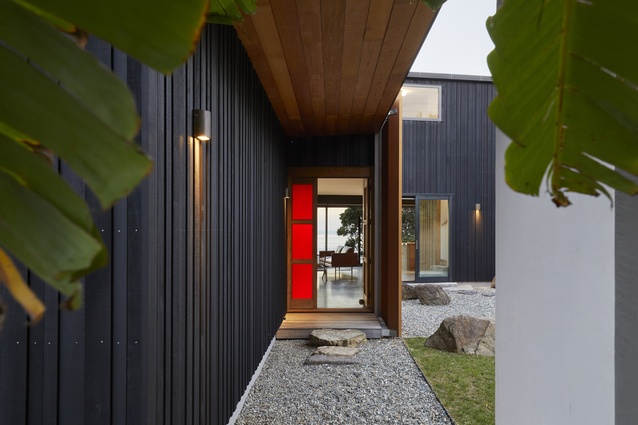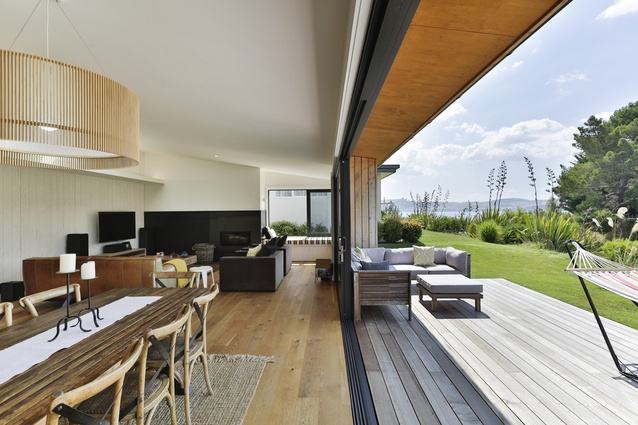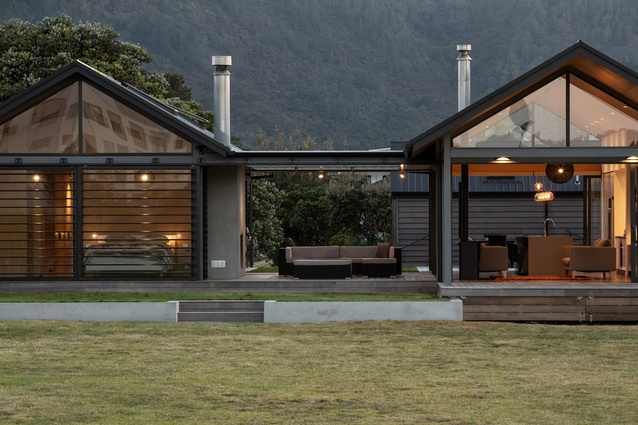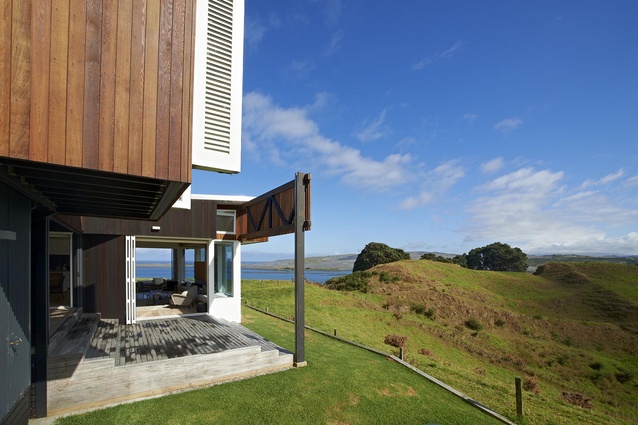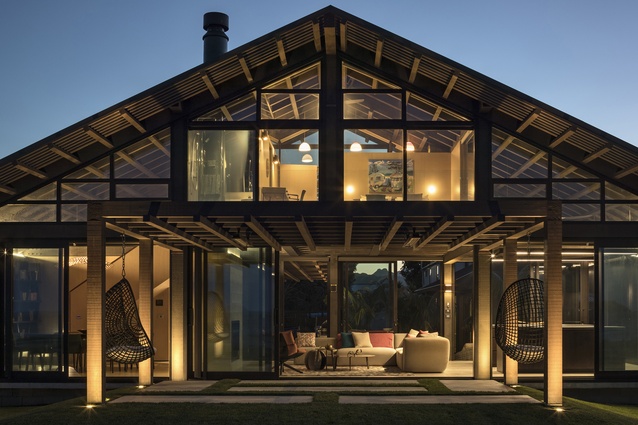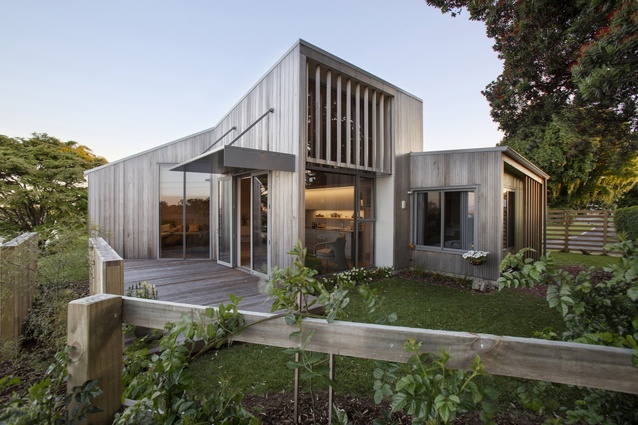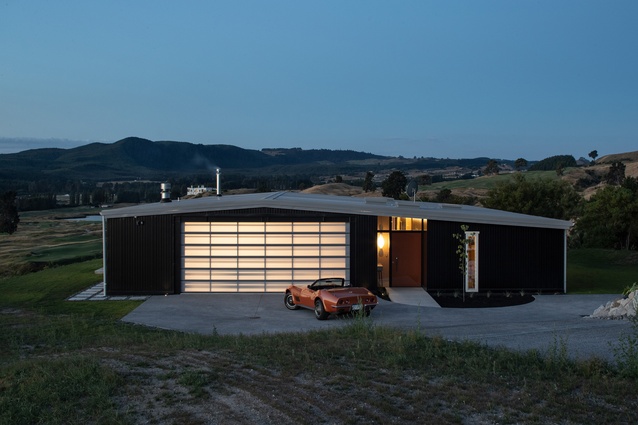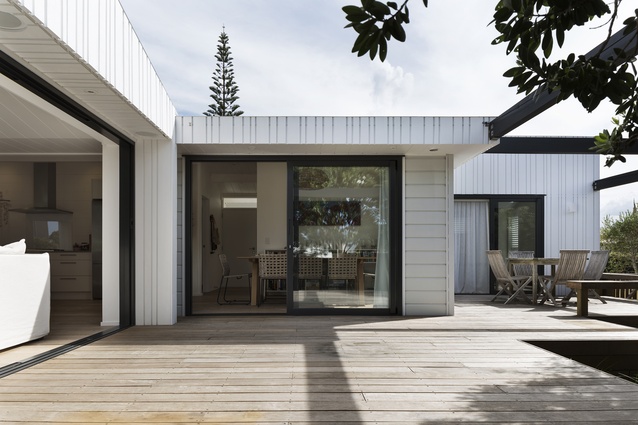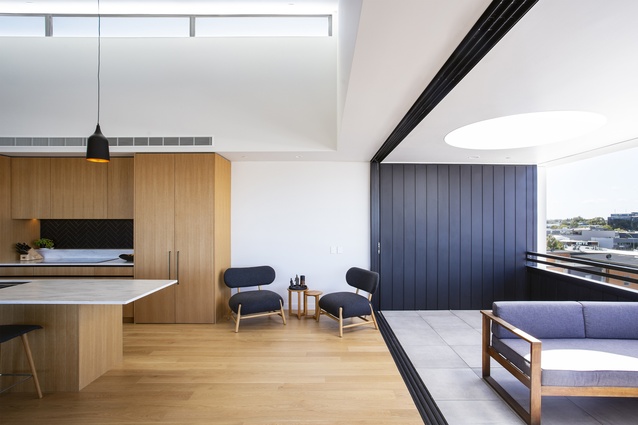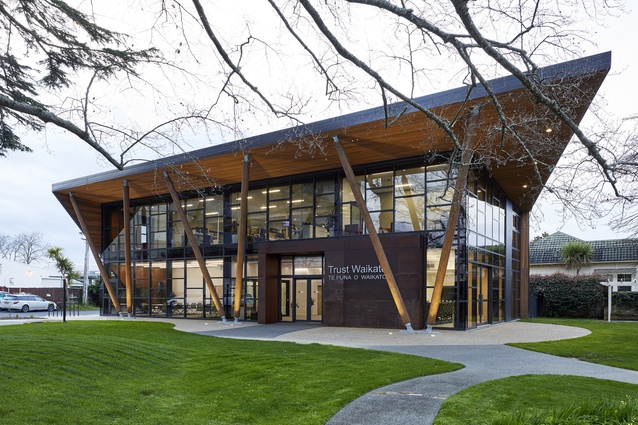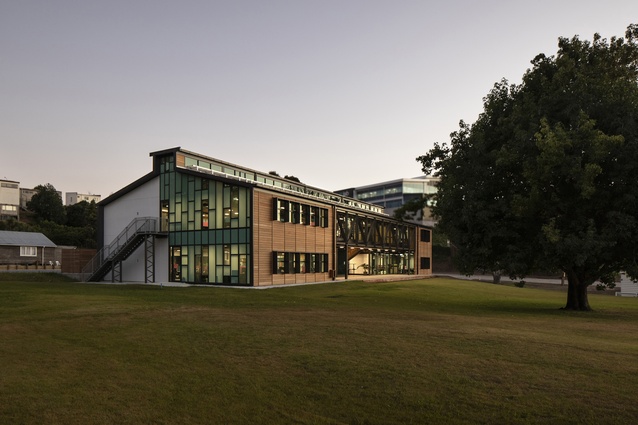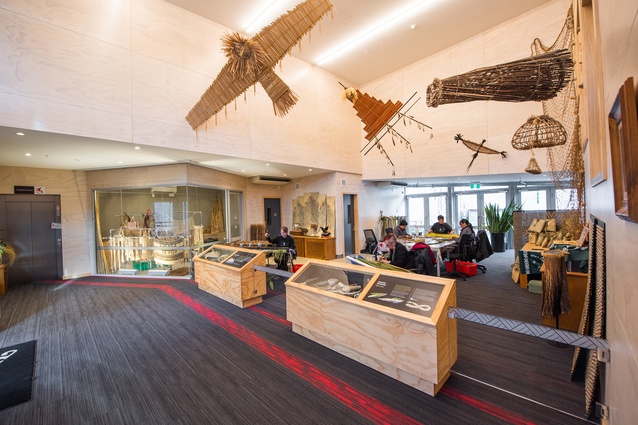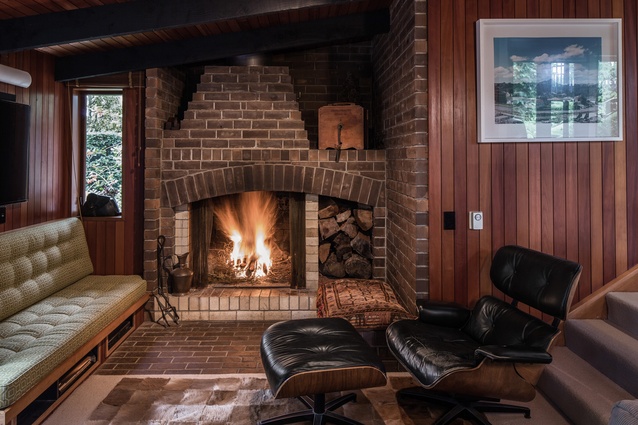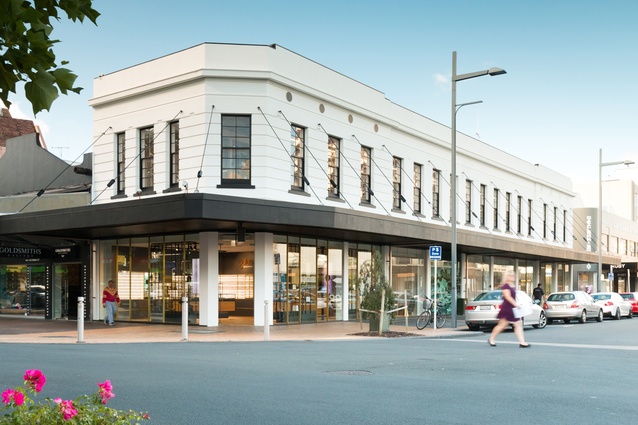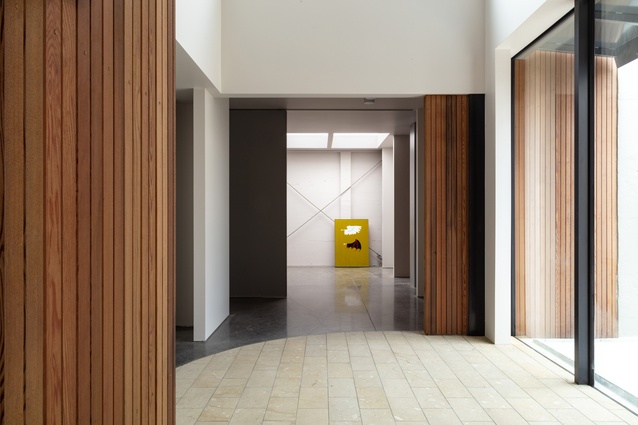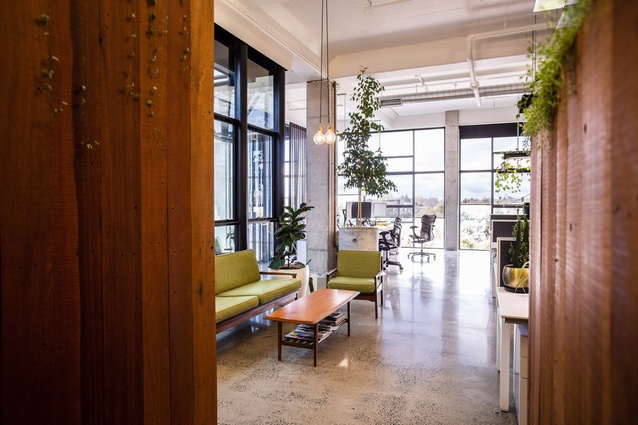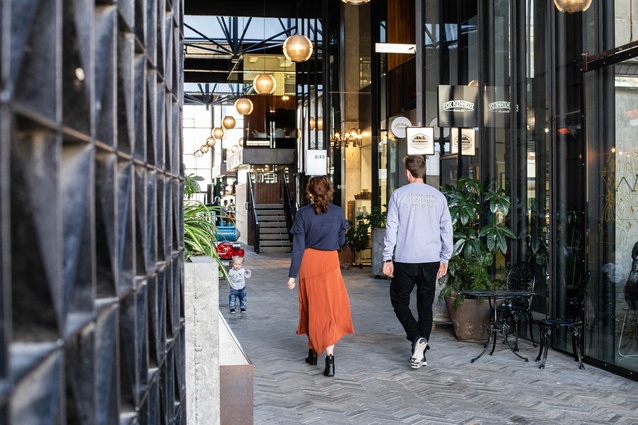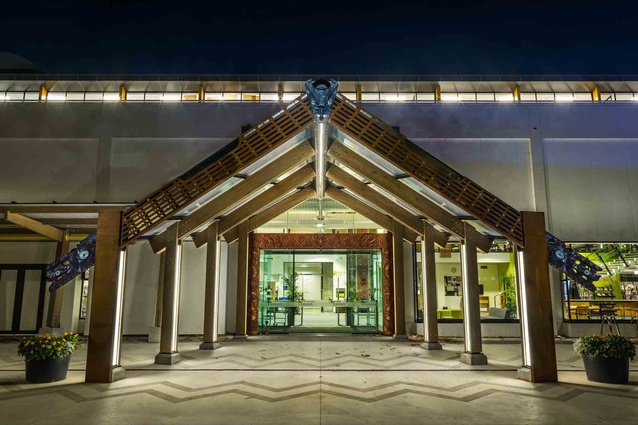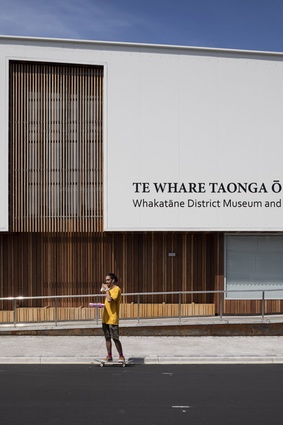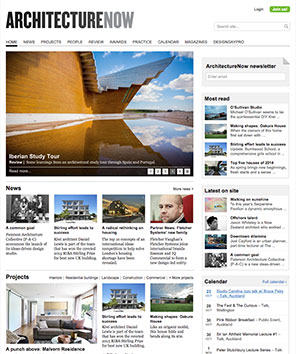2019 Waikato/Bay Of Plenty Architecture Awards
The urban revitalisation of the Waikato and Bay of Plenty regions was once again on show at this year’s New Zealand Institute of Architects local awards. Twenty-three projects were honoured at the Zealong Tea Estate on 3 May for their high-quality design and clever urban solutions.
The convenor of the jury was Hamilton architect Evan Mayo and he was joined by Hamilton architect Matt Grant, Wellington architect James Fenton and United Kingdom-registered architect Leonie Neuweger.
Mayo commented that it was encouraging to see so many commercial and public projects win awards this year. “These buildings are real community assets, and some of them offer valuable precedents for the provision of important services,” he noted.
Additionally, he said that the winning houses “continue the region’s reputation for high quality, well-crafted homes that are specifically tailored to their environmental conditions”.
Winners: Housing
Appleford Residence by Brendon Gordon Architects
This project is “a comfortable and informal Mt Maunganui beach house, resplendent with natural light and generous indoor and outdoor living areas,” the jury said.
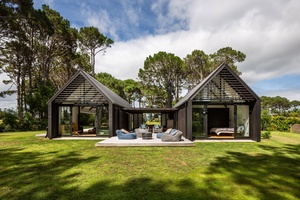
Matarangi Cabins by CAAHT Studio Architects
This home impressed the jury with its clever balancing of “resident comfort, quality of detailing, aesthetic principles and practical design aspects”.
Split House by Cummings Studio Architects
The judges said that this Mt Maunganui house was a “suburban home on a busy street that cleverly balances the provision of ocean views with appropriate levels of privacy”.
Matua House by Designgroup Stapleton Elliott
A “finely resolved Tauranga house lovingly crafted by an architect son into a retirement haven for his parents,” the jury commented.
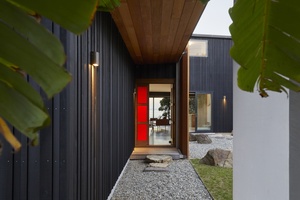
Whanarua Bay House by Fraser Cameron Architects
This project’s “rich aesthetic reflective of its powerful and uncompromising setting” impressed the jury.
Kuiwai House by Fraser Cameron Architects
This home “successfully delivers relaxed and well-considered living spaces for the whole family to enjoy,” the jury noted.
Pauanui Beach House by Johnston Architects
The judges praised this home for its clever planning, which “recreates the feeling of a camping experience in a way that meets the many needs of a multi-generational family”.
Aotea Harbour Holiday Home by PAUA Architects
This house benefits from exquisite views over a historic pā and Aotea harbour. The jury lauded the architects’ response to prevailing winds that was “successfully negotiated by arranging three building forms in a way that creates pleasant courtyards”.
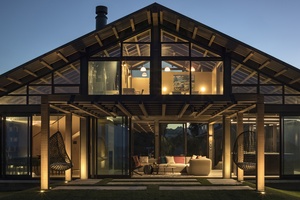
Pauanui Beach Home by Peddle Thorp Architects
Sitting on a “superb coastal site”, the jury said this home took “clear delight in the act of greeting, eating and living together”.
Pohutukawa House by Stufkens + Chambers Architects
The judges noted that this project is “a careful balance of new and old” and “a small, cleverly crafted house that incorporates materials salvaged from the previous dwelling on site”.
Callesen House by Xsite Architects
Composite panels were used to clad this house, which “formed the basis for a cost-effective, energy-efficient and low-maintenance house,” the jury said.
“The external envelope has been carefully manipulated to encapsulate the outstanding views of the site without jeopardising the integrity or finish of the product.”
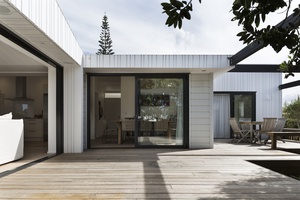
Winner: Housing – Alterations and Additions
Checkers by Wendy Shacklock Architects
The jury described this project as a “carefully considered addition with calmly composed details” that shows how an architect’s skill can give a formerly nondescript beach home “a wonderful second life”.
Winner: Housing – Multi Unit
Parkhaven by Edwards White Architects
A Hamilton apartment building that “cleverly integrates usable exterior space into a vertical living arrangement,” the judges said.
Winners: Commercial Architecture
Trust Waikato Te Puna o Waikato – Office Development by Chow:Hill Architects
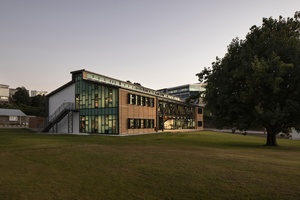
“This is a prominent new building with rich contextual character and great public visibility that draws upon the cultural histories of the site,” the jury said.
The Kollective by Wingate Architects
Built on “a challenging former swamp site”, the judges described this project as “a highly considered building that sits lightly on the land”.
Winner: Education
The New Zealand Māori Arts and Crafts Institute Ngā Kete Tuku Iho – Precinct Development by Design Tribe Architects
This building is a new hub for a prominent carving school, which the jury thought “had been delivered with passion and clarity”.
Winner: Enduring Architecture
Treetop Home (1977) by John Wilson Architect
“This house takes us back to a time in history when Taupō consisted entirely of small baches scattered in relaxed informality near its lake,” Mayo said. “This has informed the architect, and from the street, the house, rising above the surrounding trees, appears like a cluster of cabins in the distance. The house is as delightful today as it was 42 years ago when it was first constructed.”
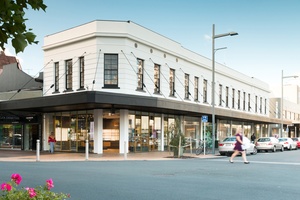
Winner: Heritage
Wiseman Central by Edwards White Architects
“Edwards White is a prolific and versatile practice that is as adept at organising public space as it is at stripping back and detailing heritage buildings so that the best of their characteristics really sing,” Mayo said.
Winners: Interior Architecture
Spectrum Building by Christopher Beer Architect
What the judges called a “skilful modernisation” of a dilapidated building that has now been restored in way “that has preserved the local streetscape”.
EWA Studio by Edwards White Architects
With several wins this year, Edwards White Architects has proved themselves to be “practice leading the way in Hamilton’s revitalisation,” according to the NZIA.
Winner: Planning and Urban Design
The Riverbank Lane by Edwards White Architects
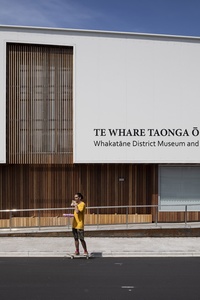
Judges said this Hamilton project was a “vital link between Victoria Street, Victoria on the River and the Waikato River”.
Winners: Public Architecture
Te Aka Mauri Children’s Health and Library Hub by GHDWoodhead creativespaces
Judges called this combination of a healthcare facility and library a “daring move away from hospital-based health practices to holistic health and wellbeing approaches.”
Whakatane Museum Refurbishment – Te Whare Taonga o Taketake by Irving Smith Architects
“It is the result of planning, patience and the vision and sees a previously under-utilised city asset transformed into a well-used research and education facility,” judges said of this second stage of a project that began 10 years ago.
All winners of the 2019 Waikato/Bay of Plenty Architecture Awards are eligible to win the New Zealand Architecture Awards, which are announced in November.

